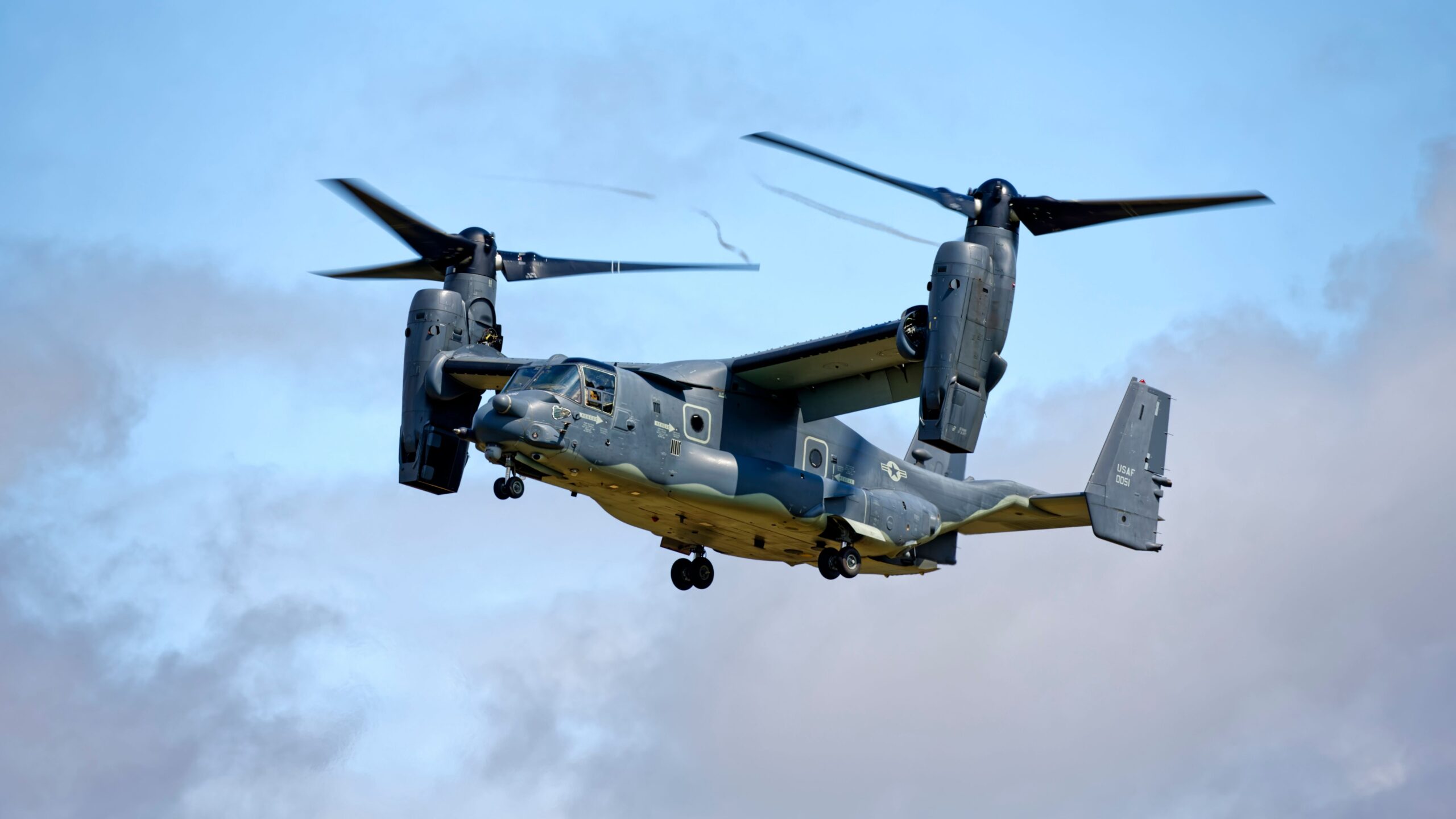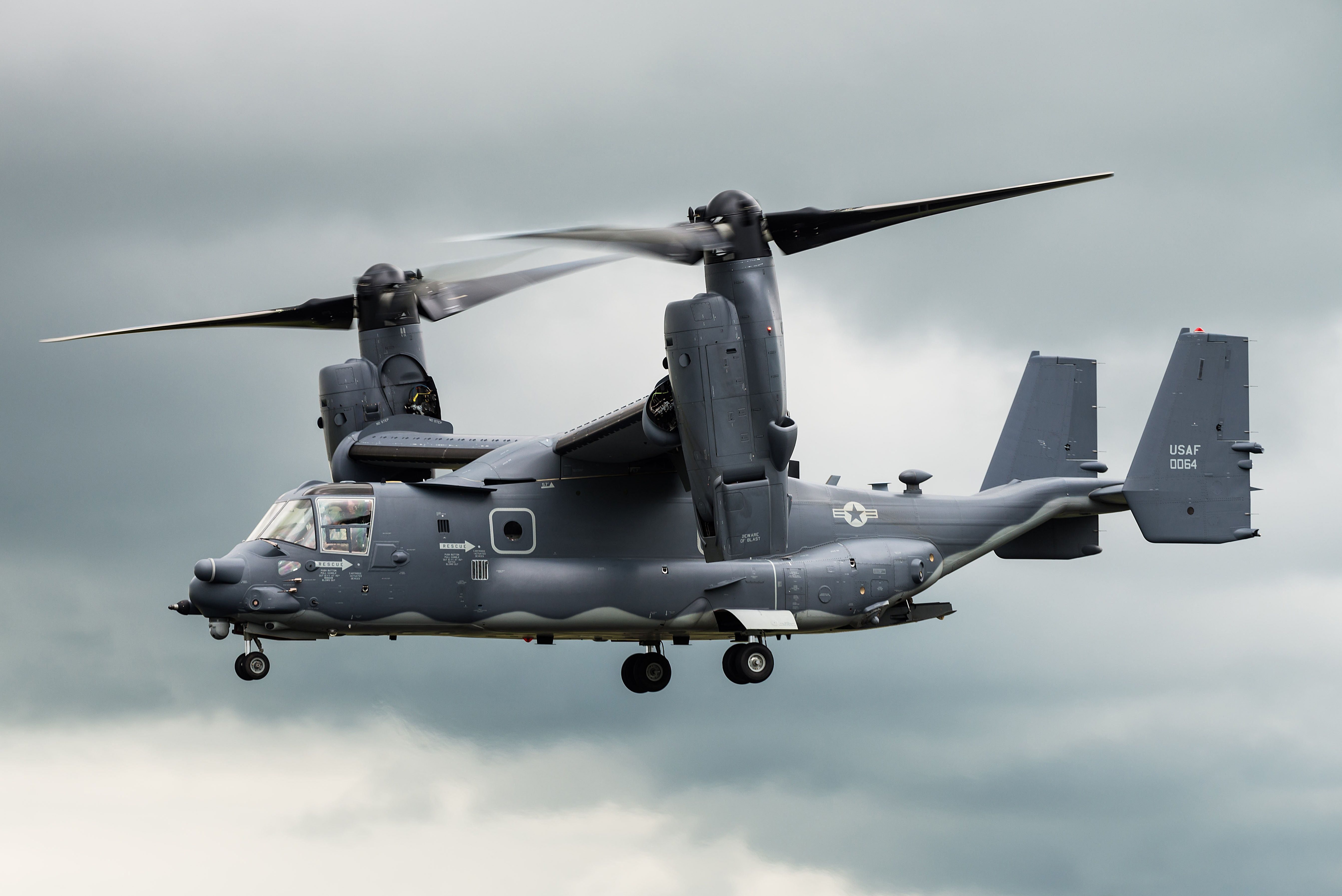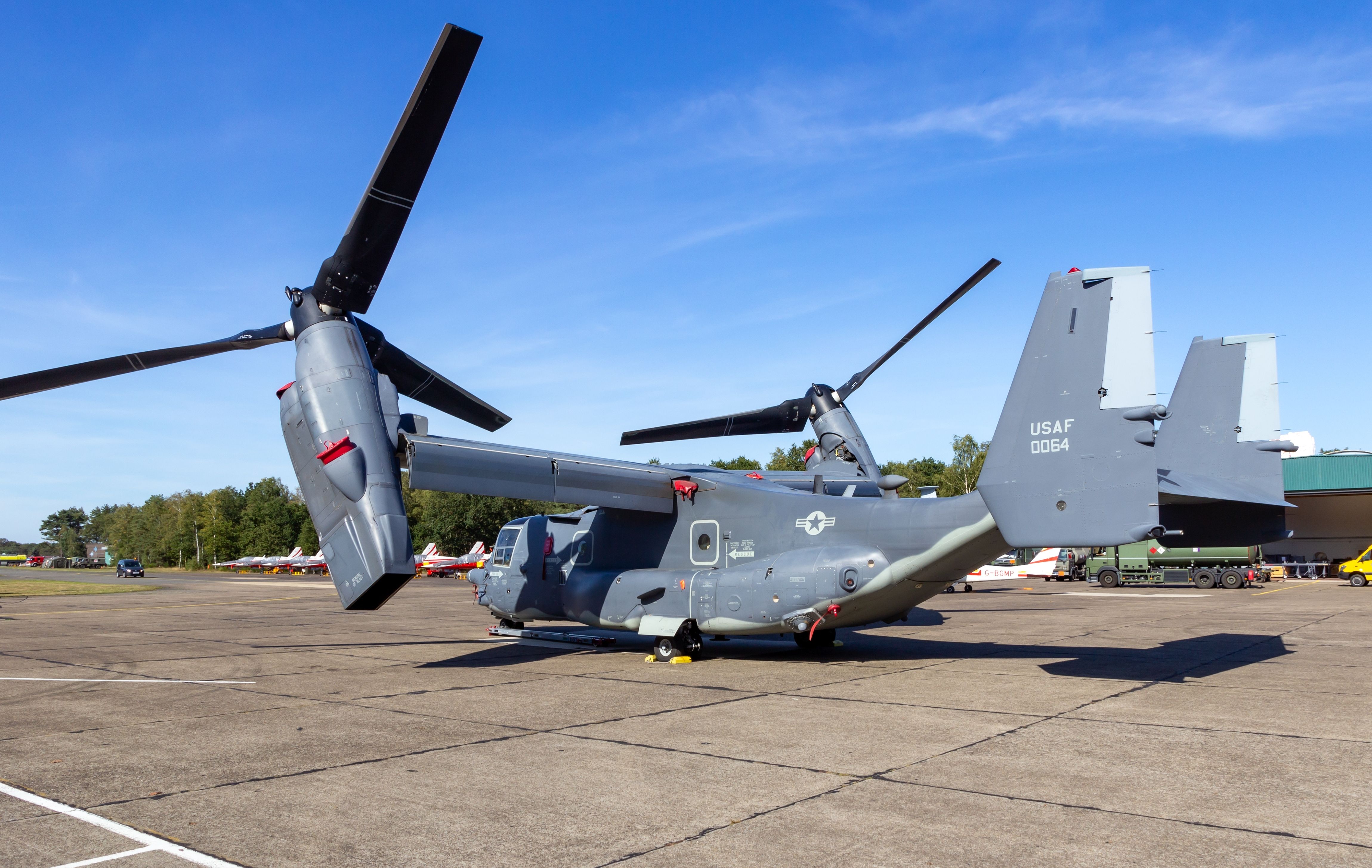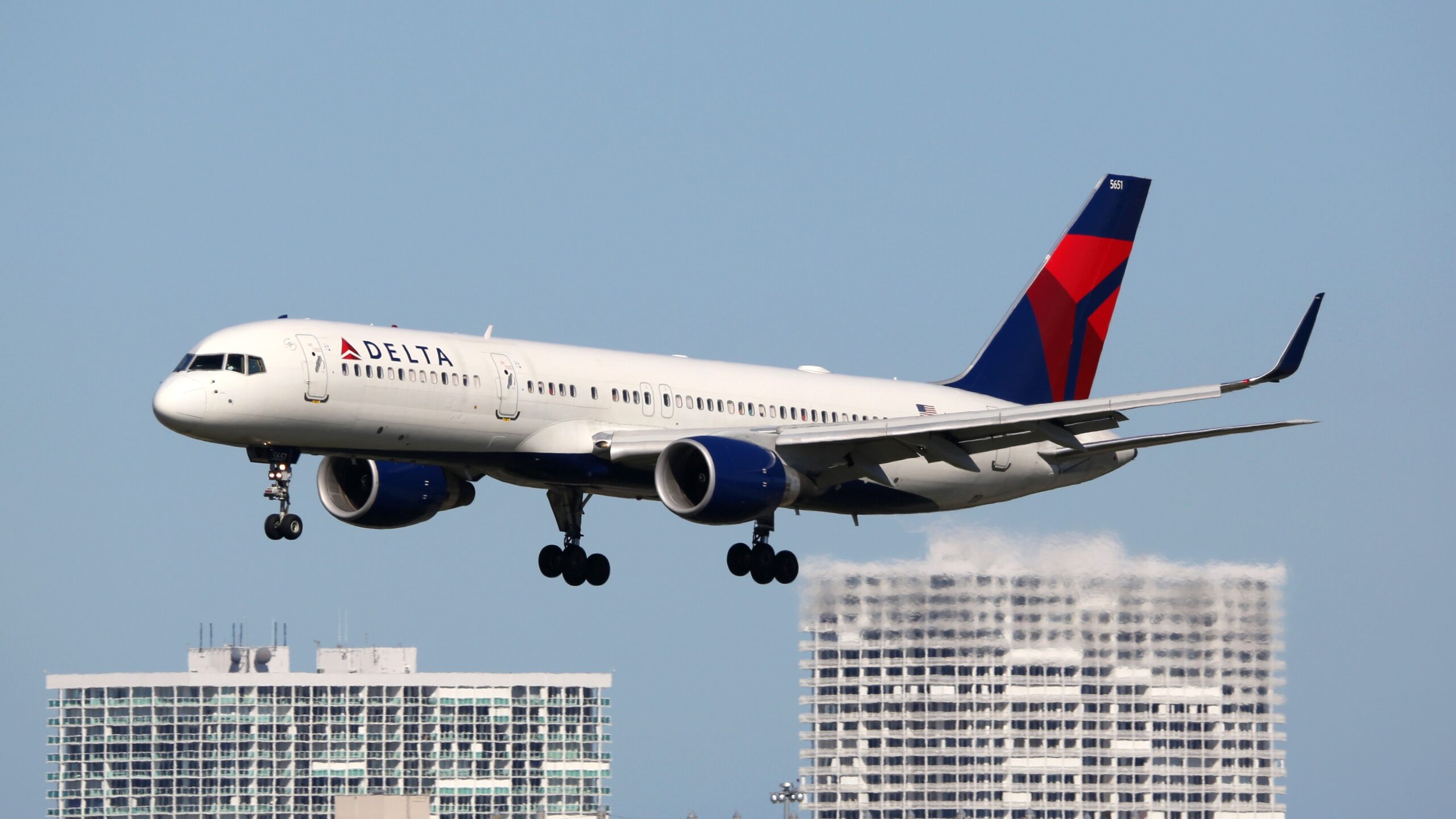Summary
- Marine families sue Boeing and Bell Textron over Osprey crash, alleging design failures and negligence.
- Faulty gear issue caused the 2022 V-22 Osprey crash that killed five Marines, involving a dual HCE event.
- Lawsuit accuses Boeing, Rolls-Royce of failing to disclose Osprey safety risks, leading to tragic deaths.
The families of US Marines killed in a 2022 V-22 Osprey crash have launched a lawsuit against Boeing, Bell Textron, and Rolls-Royce, alleging that these companies knew the aircraft was unsafe. The June 8th, 2022 crash – which led to the deaths of five Marines – was caused by a faulty gear problem that had affected the aircraft type for over a decade.
Marines families sue Boeing et al over Osprey crash
A federal suit filed in the Southern District of California is alleging negligence on the part of Boeing, Fort Worth-based Bell Textron and enginemaker Rolls-Royce for designing a faulty aircraft and failing to “make truthful statements” on the plane’s design and safety. On June 8th, 2022, all five onboard Marines died after the V-22 suffered a single hard clutch engagement (HCE) leading to a dual HCE event during a training flight, ultimately precipitating a loss of control of the aircraft before it impacted the ground.
Photo: BeAvPhoto I Shutterstock
According to the suit,
“The aircraft, as fielded, has failed and continues to fail to meet the government’s safety and reliability specifications and requirements and the aircraft is not safe in the vertical operating mode, horizontal operating mode, or any transitional or other operating mode in between.”
Following an investigation by the US Marine Corps, the crash was adjudged not to have happened due to any pilot error or improper maintenance but as a result of an “unpreventable and unanticipated mechanical failure.” As well as the Osprey’s design defects, the lawsuit alleges that the defendants failed to inform relevant government and military operators of the aircraft’s inherent dangers and did not include warnings about the possibility of a dual HCE event.
Amber Sax, wife of Capt. John Sax, one of the five marines who died in the crash, commented,
“Our military members deserve equipment and aircraft free of failures, especially failures that can cause the loss of their lives.”
Faulty clutch system
The lawsuit argues that the Osprey’s Interconnect Drive System (ICDS), which is designed to shift power from one engine to both prop rotors during engine failure, is “flawed, unsafe, and does not meet the government’s specifications for safety and/or reliability.” During the crash, a single HCE lead to a dual HCE event, with the plane’s ICDS also failing and causing an engine shutdown.
Photo: VanderWolf Images | Shutterstock
The accident was the 16th reported occurrence of a V-22 experiencing an HCE event since 2010 and only the third time a dual HCE had occurred, and it was the first to lead to the deaths of service members.
Grounded and ungrounded
Following the June 2022 crash, the Osprey was involved in two more accidents last year – the first happened in August 2023 in Australia and killed three Marines, while another mechanical failure occurred in Japan in November, causing the death of eight service members and forcing authorities to ground the aircraft.

Related
How & Why: The US Military Plans To Keep MV-22 Ospreys In Service For +30 More Years
With procurement of the V-22 Ospreys coming to a close, attention is switching to keeping them flying until 2060 or beyond.
It was then given the green light to continue operations in March, although operators are only permitted to fly it a maximum of 30 minutes from a suitable airfield.





